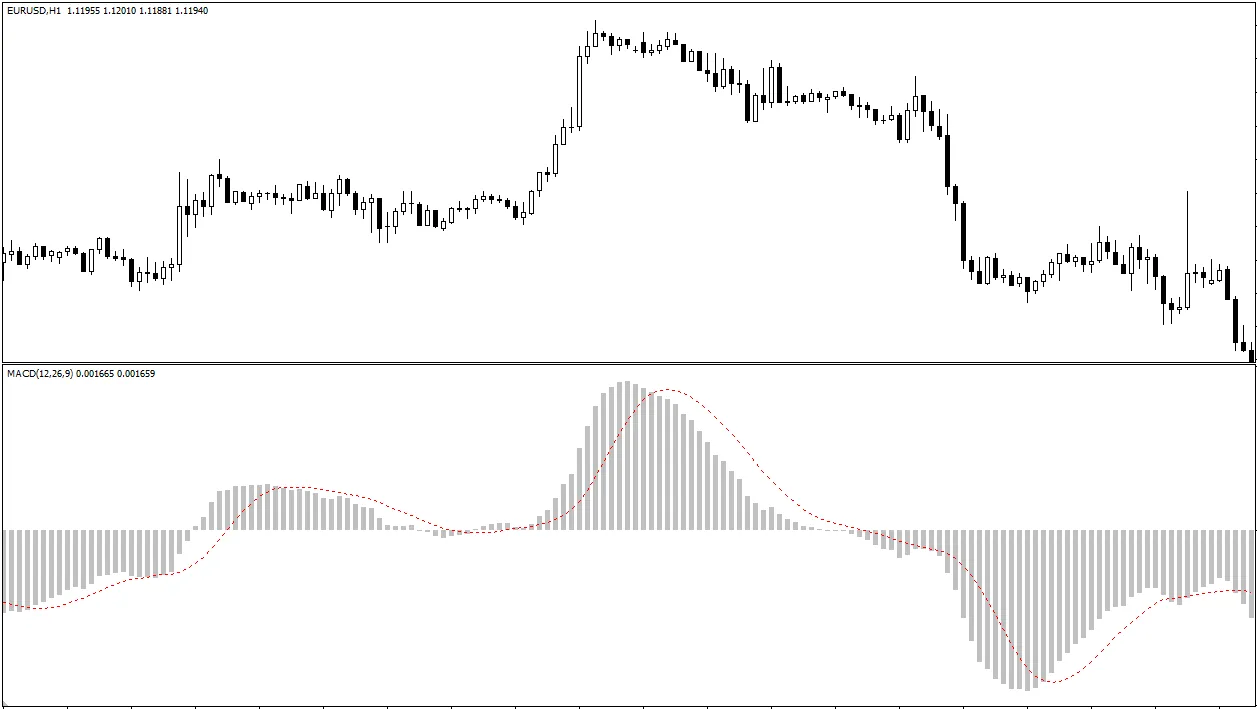Why do Forex brokers use the B-Book model?
The B-Book model is an operational model for Forex brokers, where brokers do not pass client orders to external markets but handle orders internally, acting as the counterparty to the client. This model allows brokers to take on market risk in trading but also enables them to profit directly from client losses. The reasons for using the B-Book model are varied and closely related to the broker's profit strategy, risk management, and market structure. This article will explore why many Forex brokers choose to use the B-Book model, as well as the advantages and challenges of this model.1. How the B-Book model works
Under the B-Book model, when a client places an order, the broker does not pass these orders to external liquidity providers or the interbank market but processes them internally. In this case, the broker acts as the counterparty, meaning that if the client makes a profit, the broker will incur a loss; if the client incurs a loss, the broker will make a profit.Since most retail Forex traders ultimately incur losses, the B-Book model allows brokers to directly profit from client losses. This contrasts with the A-Book model, where A-Book brokers pass client orders to external markets and rely on spreads and commissions for income.
2. Why do brokers use the B-Book model?
A. Higher profit potential
One major attraction of the B-Book model is its potential for high profitability. Since brokers act as the counterparty to clients, if the client's trades are losing, those losses become direct profits for the broker. According to market data, retail traders are in a losing position most of the time, allowing B-Book brokers to generate stable income from the majority of client trades.- Client losses: This is a core concept of the B-Book model. Brokers can earn income directly from the funds lost by clients, rather than relying solely on spreads or commissions.
- Flexibility in hedging strategies: Brokers under the B-Book model can choose whether to hedge certain high-risk orders. They can respond flexibly based on market conditions and client behavior patterns, further enhancing profit potential.
B. Lower trading costs
The B-Book model helps brokers save on trading costs. Since orders do not need to be passed to external liquidity providers, brokers do not have to pay transaction fees or commissions associated with interacting with external markets. Additionally, brokers can control the spread between the buy and sell prices, allowing them to set pricing flexibly to maximize profits.- Avoiding external liquidity costs: Compared to the A-Book model, brokers do not need to pay spreads, commissions, or other fees to external markets, which directly reduces operating costs.
- Flexible spread setting: Brokers can decide the width of the spread based on market conditions, giving them more pricing power and further enhancing profitability.
C. Market risk control
Although the B-Book model exposes brokers to market risk, they can manage these risks through various strategies. Brokers will decide which orders to internalize and which to hedge or pass to external markets based on client behavior, trade size, and market volatility.- Selective hedging: Brokers can hedge large or high-risk orders to reduce the impact of market volatility on their funds. For small or low-risk orders, brokers may choose to fully internalize and profit from them.
- Risk management tools: Brokers can use various risk management tools (such as options, futures, and other derivatives) to hedge some market risks, ensuring they do not suffer significant losses under adverse market conditions.
D. Improved liquidity and order execution efficiency
Since orders under the B-Book model are processed internally by the broker, trades can be executed very quickly, significantly improving order execution efficiency and reducing the risk of slippage. For traders, this means faster order execution and less price deviation.- Increased trading speed: Brokers do not need to wait for external market quotes to execute orders, allowing internalized orders to be completed instantly, significantly increasing trading speed.
- Reduced slippage risk: Since orders are processed within the internal system, brokers can better control the impact of price fluctuations on order execution, reducing slippage.
3. Challenges of the B-Book model
Despite the potential for high profitability and low-cost advantages of the B-Book model, it also faces some challenges and risks, particularly concerning client trust and market volatility management.A. Conflicts of interest
One obvious issue with the B-Book model is the conflict of interest. Since brokers profit from client losses, this may lead brokers to have the incentive to manipulate market quotes or order execution to the detriment of client interests. This conflict of interest can damage the broker's reputation and reduce client trust.- Risk of price manipulation: Some dishonest brokers may manipulate market prices or order execution, intentionally causing clients to incur losses to increase their own profits. This is one of the main moral hazards of the B-Book model.
- Transparency issues: B-Book brokers often do not disclose to clients whether they use internalized order processing, leading to a lack of transparency and weakening client confidence in the broker.
B. Market risk
When clients make large profits or the market experiences severe volatility, B-Book brokers will face market risk. Since brokers act as the counterparty to clients, if a large number of clients profit within a short period, brokers may incur significant losses. Additionally, extreme market volatility can threaten the financial stability of brokers.- Market volatility risk: Especially during unexpected market changes or significant economic events, brokers may not be able to quickly hedge market risks, leading to losses.
- Large order risk: For high-net-worth clients or large orders, the B-Book model may face greater risks, as these orders have a larger impact and are more difficult to manage effectively through internalization.
4. Risk management under the B-Book model
To reduce market risks under the B-Book model, brokers typically adopt various risk management strategies, including hedging and client behavior analysis.- Risk hedging: Brokers can choose to hedge some high-risk orders, especially when market volatility is high or clients have a tendency to make stable profits. Hedging can help brokers reduce their market risk exposure.
- Client classification management: Brokers use data analysis tools to analyze client trading behavior, identify clients who frequently incur losses, and internalize these orders to maximize profits. For clients with stable profits, brokers may choose to hedge their orders to avoid market risks.
Conclusion
The main reasons Forex brokers choose the B-Book model are its high profit potential and low trading costs. By internalizing client orders, brokers can directly profit from client losses without having to pay transaction fees to external markets. However, the B-Book model also comes with market risks and conflicts of interest, requiring brokers to adopt flexible risk management strategies to balance risk and reward. Ultimately, brokers need to ensure transparency and ethical standards to maintain client trust and continue to profit.Hi, We are the Mr.Forex Research Team
Trading requires not just the right mindset, but also useful tools and insights.Here, we focus on Global Broker Reviews, Trading System Setup (MT4 / MT5, EA, VPS), and Forex Trading Basics.
We personally teach you to master the "Operating Manual" of financial markets, building a professional trading environment from scratch.
If you want to move from theory to practice:
- Help share this article to let more traders see the truth.
- Read more articles on Broker Tests and Forex Education.




